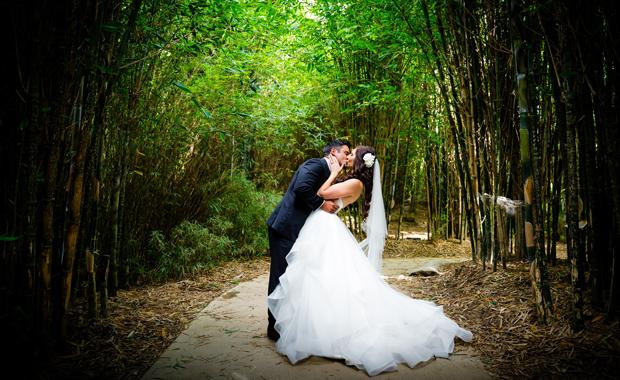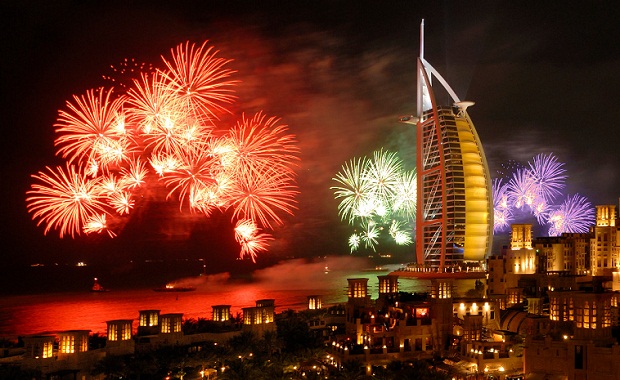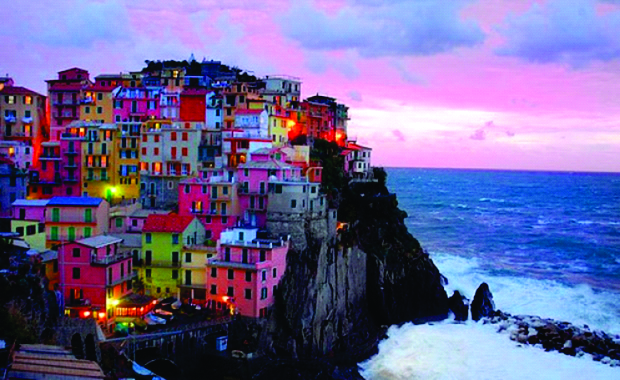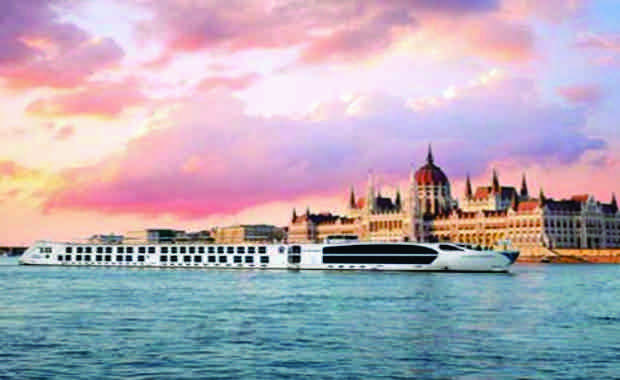India’s Golden Triangle & The Sacred Ganges
13 DAYS FROM NEW DELHI TO KOLKATA

India—profoundly mysterious and gloriously exotic.
Complex and beguiling, India is a country unlike any other. Wondrous sights rich in romance and intrigue come alive in the “Golden Triangle”—Delhi, Jaipur and Agra. Delhi’s immense red sandstone marble tomb, commissioned by Emperor Humayun’s grief-stricken wife, will capture your heart, while Raj Ghat, a black granite memorial to the “Father of the Nation,” Mahatma Gandhi, will stir your soul. Jaipur’s Pink City and Agra’s Taj Mahal, a grand tribute to love, will leave you forever mesmerized.
This adventure by land and river will touch all of your senses, from Kolkata, where Mother Teresa’s humble home and tomb provide a place of pilgrimage, to the Rajbari Temples devoted to the Hindu god Shiva. Your Ganges voyage delves deeply into India’s fascinating historical and religious heritage, working its charm in myriad ways and leaving you with memories that will forever endure.
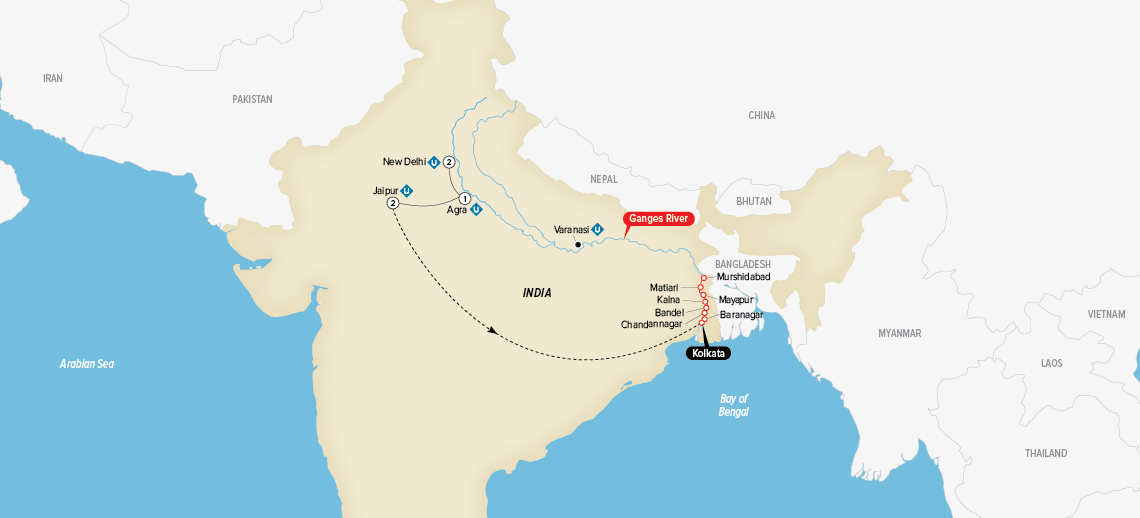

Day To Day Itinerary
DAY 1: New Delhi
DAY 2: New Delhi
DAY 3: New Delhi, Transfer to Agra
DAY 4: Agra, Transfer to Jaipur
DAY 5: Jaipur
DAY 6: Jaipur, Fly to Kolkata (Embark)
DAY 7: Kolkata
DAY 8: Kalna
DAY 9: Matiari
DAY 10: Murshidabad, Baranagar
DAY 11: Mayapur
DAY 12: Bandel, Chandannagar, Kolkata
DAY 13: Kolkata (Disembark)

EXTENSIONS
UNIWORLD & ME TO WE | INDIA EXTENSION
Surround yourself with the sights and scents of a culture rich in history, traditions and beauty. Travel from the hustle and bustle of city life in urban Udaipur to the calm and serene rolling hills of rural Rajasthan.
INCLUDED IN YOUR 5-DAY STAY:
- Work with a local community on a development project
- Connect with community members by experiencing their daily lives
- Explore nature as you walk through the Aravalli Mountain Range
- Experience India’s age old traditions, led by your local guide
From $2,375 USD per person
NOTE: Prices, availability, and information are subject to change.

VARANASI
A swirl of color and ritual and oddities galore, Varanasi may very well be the most ethereal and exotic place you will ever visit. Considered the holiest spot on India’s holiest river, it is also one of the world’s oldest cities—as ancient as Babylon and Thebes. It is the goal of every devout Hindu to come here at least once to purify body and soul in the sacred waters of the Ganges. Your visit includes a fascinating tour of this otherworldly and intoxicating city, followed by a private boat ride to observe a Ganga Aarti ceremony. Led by a Hindu priest at sunset, this spellbinding devotional ritual is performed in honor of the goddess of the river, a spectacle you’ll remember the rest of your days. You will also have an opportunity to take a boat ride along the river at sunrise, when hundreds of sari- and dhoti-clad Hindus can be observed bathing, washing laundry, performing yoga asanas, and making respectful offerings to Mother Ganga along the broad stone ghats lining the Ganges. Magical and mystical, surreal and deeply spiritual, Varanasi is a city that is truly unlike any other.
INCLUDED IN YOUR 3-DAY STAY:
• 1 night at the Taj Gateway Ganges, Varanasi (or similar)
• 1 night at the Radisson Blu Plaza, New Delhi (or similar)
• 2 buffet breakfasts, 1 lunch, 1 dinner
• Complimentary house wine or local beer during dinner
• All service charges, taxes and porterage
• Panoramic city tour of Varanasi
• Private boat ride to witness a Ganga Aarti ceremony at sunset
• Private sunrise boat ride along the Ganges
• English-speaking local expert
• Intra-India flights from Kolkata to Varanasi and from Varanasi to New Delhi
• Private arrival and departure transfers
NOTE: This extension is for cruise/tours that end in Kolkata.

